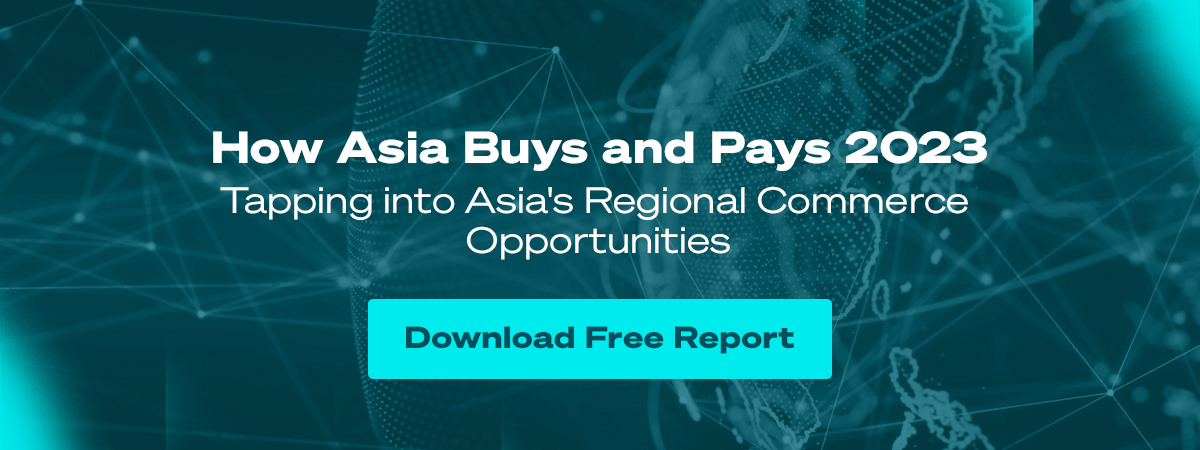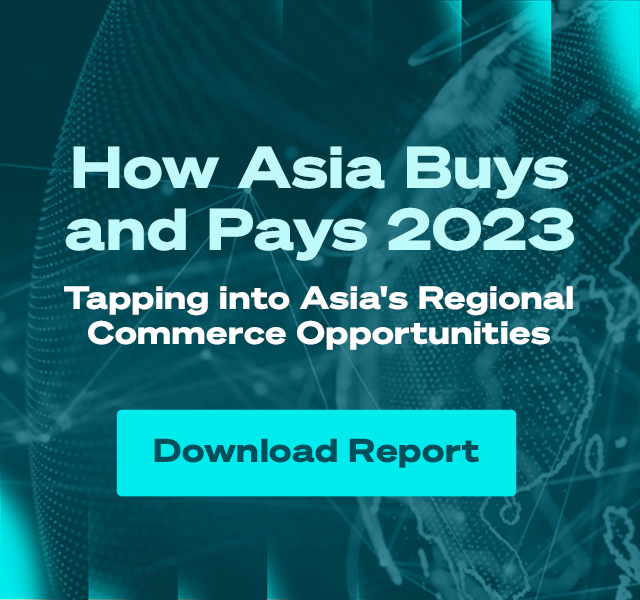
Revolutionising Wealth Management for the Everyday Investor with Nandini Joshi, COO at StashAway
In this instalment of Payments Powerhouses, we sit down with Nandini Joshi, COO at StashAway, and discuss her insights on navigating market crises and building an industry-agnostic skillset, StashAway's upcoming product expansion plans, and her advice for emerging women leaders.


Welcome to Payments Powerhouses, Nandini. You have an impressive range of experience in different industries and countries. Was this how you envisioned your career, and was it difficult to change industries?
Nandini: I wish it were as planned as it may look on paper, but my main focus was always towards the next skill set I wanted to gain and invest my time in. Starting in tech was more about what I studied and liked, but I had opportunities to move into other sectors and grow my skill set. Over the years, I built my skill set to be more industry-agnostic, and this has helped me move into fintech.
On difficulty in changing industries — there are a few things that I have relied on. One is customer-centricity. To be successful across industries, you must first know how to think about the customer.
The second is unit economics. Many people don't pay enough attention to the unit economics of the company they work with or the industry they are working in as they grow throughout their careers. Understanding it gives you a lot of room to manoeuvre.
Lastly, a large part is also thanks to the people who trusted and supported me when I tried to push boundaries. Keeping my network very open and meeting very different people also helped me transition. Luck also played a significant role, but overall, I was always ready to say yes to an opportunity, whether it was the most comfortable or not.
Moving on to StashAway, can you give me a quick explanation of the company?
This is a question I love to answer because it's something I wish existed when I was in my 20s, and I am very glad I found it in my late 30s.
StashAway is a digital wealth manager. Traditionally, people have built their wealth with the help of banks and asset managers who work through the banks. In Asia, a lot of wealth has been built with insurance.
StashAway offers people the same benefits as they would get at a private banking level, thanks to the advancement in technology. StashAway helps people manage their long-term wealth and retirement savings. And, rather than relying on a product that is physically sold to you the traditional way, we can focus on every individual's risk profile and digitally provide them with a portfolio of investments based on their time horizon.
We can also introduce innovations that have been barriers to retail investors, including lock-ups and high minimums. StashAway doesn't work with any minimums or lock-ups, which means that you can start thinking about how to put your money to work from your first $100.
I noticed that you joined right before the pandemic. What was it like for you before, during, and after the pandemic? And in terms of StashAway and your customers, what did you notice?
I gained a huge mix of personal and professional experience from the period because of my move into the fintech industry from health and beauty. I was trying to grapple with my own learning curve and the major market shift due to the pandemic.
We are also in a bear market now. For me, it's my fourth, but there are a lot of people who are experiencing it for the first time. The most important thing is to understand clients' feelings but not move away from knowing and keeping an eye on what's the best thing they can do because people come to us for long-term solutions.
Besides that, staying the course is the best predictor of getting to your goal. So much of our focus was on helping people understand this and showing them that this has happened before. And people who have gone through it have gone on to build really strong foundations for their wealth.
For me, it was a great learning curve because while I've always been very interested in the investment and financial universes, putting those two things together and learning to deliver something to an end user was a great experience to go through.
The volatility was very tough for a lot of people. But considering how we grew after it, through it, and how many people stayed the course, we did a really good job holding our clients through their first shock.
Are there any new markets StashAway plans to expand into, and will there be any new products?
For the markets we are in, we want to ensure we deliver on the promises we have set out. But, yes, we continue to look at customer segments and their needs.
Last year, we launched StashAway Reserve, which is for accredited investors. Again — returning to the basics of identifying and removing existing barriers for our investors. Because private markets are an important asset class to invest in, we want to ensure that we continue the DNA of removing barriers to access for people.
We also launched flexible portfolios last year, so we're going deeper into our learnings of those products, ensuring we continue to iterate and improve before bringing them to more countries.
With the bear market going on, we are uncovering more needs of people too, and working on them to secure their long-term wealth. In another couple of months, you should see something from us.
Can you elaborate more about flexible portfolios?
StashAway started as a managed portfolio core product, which remains our strongest product offering. All you need to do is to determine your risk profile before you can start investing. But we always got feedback saying, “Oh, I like the portfolio, but I just want to change a little bit here”, or “I want to add something", or "I want to move; I don't want to be on a different platform, I just want to bring everything together.”
So, we launched flexible portfolios where you can work at an asset class level. You can start off with templates or from scratch. Put a portfolio together, and we will help you think through the different aspects. We still help you gauge the risk profile at which you created the portfolio and advise if it suits you. And if you want to change that, we’ll tell you the changes you can make to lower your risk.
Flexible portfolios give the investor more control but do not leave them entirely to their own devices because we still want to ensure we add value. And knowing the risk that you take is the most important thing to be aware of. So we make sure that we provide that guidance.
Does AI play a part in StashAway's technology?
AI is a very broad topic. Data analytics is starting to play a more significant role as we want to look at more and more customer segments and how we can further provide personalisation for the individual investor. This is where we continue to look at how AI and ML can help us improve our offerings.
So given that you're working in StashAway, you're in touch with the markets and investments. Do friends and family consider you the go-to person for any financial advice?
Yes, I think more and more. They know that I don't come from a traditional financial background and don't come to me asking which stock they should/shouldn't be buying tomorrow, but for more significant decisions.
The common questions I get are usually around timing the market, such as, “Oh, should I invest more now?”. I always go back to one piece of advice: Don't try to time the market. If you have more cash, just don't leave it in the bank account.
To wrap up this chat, in the spirit of International Women's Day, what's your go-to advice for emerging women leaders?
I don't know if I'm in a place to give advice to other people. But what has worked for me is not to be afraid of taking a little risk.
When there's a job posting, women usually think, “Oh, do I fit all?” and then consider whether they should go for it. It could be the same thing at work, such as asking for the next thing. Whereas men usually — this has been researched enough — men will usually think, “Oh, I can answer 30 per cent of this, so I'm gonna go for it.”
So my advice, or what has worked for me, is to take those risks and say, “Yes, I'm gonna take that risk". Because if you are not willing to take a few risks, it's very difficult to help others stretch themselves. Risks are about stretching yourself.
Do things and be around people that help you get comfortable with risks; that will also be your safety net. It takes a village to make everybody successful.
. . .
Payments Powerhouses is a monthly editorial series interviewing the movers and shakers of the payments and wider fintech industry in Southeast Asia and beyond. If you’d like to be featured on Payments Powerhouses, reach out to us here.

